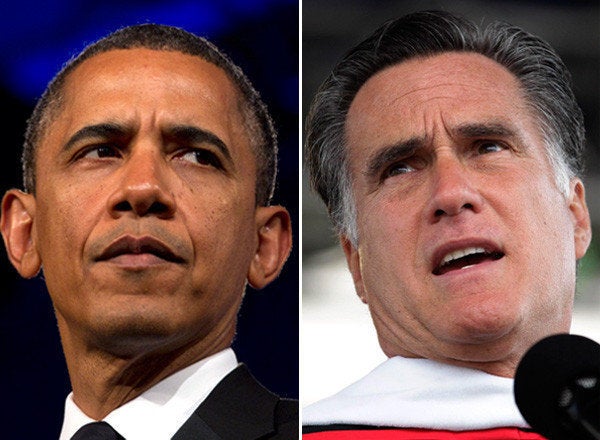
The political debates that dominate the news media and presidential election give too little attention to the issue that underlies practically all of our current economic and social maladies -- the extreme rise of inequality in income, wealth, opportunity, and privilege that has taken place over the past 40 years. Exploding inequality has been corrupting our democracy and is the root cause for why our children no longer receive the world's highest quality educations, why our infrastructure is in such lamentable condition, why our health care system is so inadequate, why we're unable to address environmental devastation, and, most urgently, why the Great Recession occurred and drags on, leaving the unemployed with ruined lives. Although ending the recession and generating employment has been the central focus of political attention, no attention has been given to the fact that a sustainable recovery is not even possible without reversing the explosion in inequality.
Why and how did the post-World War II trend toward greater equality get so dramatically reversed? Between 1947 and 1973, inflation-adjusted wages roughly tracked productivity growth, meaning that as output per worker increased, wages increased proportionately (2.8 percent and 2.6 percent per year, respectively). This, along with stronger unions, a more progressive tax regime, comprehensive federal spending policies, and more stringent regulation of business, decreased inequality. But after 1973 wages stopped tracking productivity growth. Instead, whereas productivity increased an average of 1.9 percent per year, wages increased by only about half of that, or 1 percent per year. What didn't flow to workers flowed to the owners of capital -- the wealthiest 10 percent, who are the owners of nearly 90 percent of all stocks and mutual funds. Although globalization and skill-biased technological change were reducing worker power, this was dramatically reinforced by a radical rightward shift in political power, resulting in worker unfriendly tax, spending, and regulatory changes. Labor's bargaining power was further eviscerated as union decline was accelerated by hostile businesses and court decisions.
The consequent growth in inequality generated the conditions for the crisis of 2008 and is preventing us from getting out of it. As inequality surged between 1974 and 2007, because of relatively stagnating wages at the bottom, households had to reduce their savings, take on more debt, and work longer hours to meet their needs. This provided the demand necessary to keep the economy expanding. The personal saving rate fell progressively from 10.4 percent in the early 1980s and became negative by 2006. Total household debt as a percent of disposable income doubled from about 62 percent in 1974 to 129 percent in late 2007. And by 2007, the average married household worked 19 percent more hours than they did in 1979 -- the equivalent of over one extra work day per week, or an extra 14 work weeks per year.
The explosion in indebtedness was made possible by the fact that the wealthy had far more additional income than they could possibly spend. On average, the wealthiest 1 percent spends 49 percent of its income, the richest 20 percent spend 76 percent, and the bottom 80 percent spend 90 percent. The wealthy profitably placed their surplus income in financial markets, much of which became loans to those less fortunate households struggling to stay on their feet. The reason the rich turned to speculative financial markets was because investment opportunities in the real economy -- like factories and businesses -- were constrained by the restricted amount of total income flowing to those at the bottom who spend nearly all of their income. In essence, the greatly increased income of the rich was being recycled to the less well off as debt. When this debt burden became too extreme, the financial system collapsed and had to be bailed out by taxpayers.
Now, four years after the beginning of the crisis, due to this still lingering debt burden, low wages, and high unemployment, households can't spend the economy out of the recession. There's simply not enough demand in the economy to encourage businesses to invest and hire more workers. Historically, when consumers spend an extra $10, businesses respond by investing an additional $2 to $3. But because of extreme inequality, households lack the spending power to stimulate that business investment. Consequently, unemployment remains stubbornly high, and under current and promised policies, will stay high. Only by setting in motion policies to reverse inequality can a vibrant and sustainable recovery become possible. And doing so would bring along much-sought-after side benefits, such as better schools, renovated infrastructure, a more adequate health care system, and the potential to address environmental devastation, in addition to restoring the social and self-respect that society is currently denying the unemployed.